Butterflies catch the eye and are top-notch pollinators, so it makes sense to want them in your garden. You’ll need to know the best ways to attract butterflies to do so.
Here’s what they are.
The best ways to attract butterflies are to:
- Make butterfly-safe puddles, salt licks, or sugar water
- Plant flowers they love and that bloom spring through fall
- Remove dead blooms
- Help them get sun
- Plant host plants
- Keep your garden organic
- And shelter them from predators and the elements
Who Can Attract Butterflies To Their Garden
Anyone can attract butterflies to their garden! It’s the same as when you put out birdseed, and birds find it. When you set out to attract butterflies, eventually, they will come.
How Difficult Is It To Attract Butterflies To Your Garden?
The difficulty of attracting butterflies to your garden depends on your garden and the steps you take.
For example, your garden needs to be sunny (butterflies love the sun). If not, putting out food and feeders won’t be as effective.
You’ll also want to stay consistent. The more you are, the more consistent the butterflies will be. So, if you’re putting out food, make sure to do it on a regular schedule.
How Long Does It Take To Attract Butterflies To Your Garden?
The time it takes to attract butterflies to your garden varies depending on the time of year.
In most climates, butterfly populations will be at their highest in midsummer. To be more specific, they’ll be at their highest after spring rains, and it’s pretty sunny. At this point, many caterpillars will have hatched and turned into butterflies.
Flowers Help
Planting and tending butterfly-favored flowers will also shorten the time it takes to see them. Flower scents and colors draw in butterflies, and they’re familiar to them too.
At first, you may only see a couple of butterflies. However, you may see around five after a week and more afterward. I’ve seen up to seven on an ideal sunny day!
Garden Size Helps
The larger your garden, the greater and sooner your chance of seeing butterflies. How big you make your garden (or butterfly garden) is up to you. However, the more flowers butterflies have to choose from, the better your odds of them showing up sooner.
Feeders May Take A Little Longer (But Still Help)
Butterflies may take a little time to recognize a feeder as a food source. They’re designed and accustomed to viewing flowers and salt licks as food sources. Something new will be unfamiliar to them, and they’ll be confused or cautious.
It may take a week, two, three, or more for the first butterfly to show up to your feeder. But don’t be discouraged. They’ll show up regularly once they recognize your feeder as a consistent and safe food source (you can even make your own!).
Why Attract Butterflies To Your Garden (In More Detail)

There are two important reasons to attract butterflies to your garden, starting with their beauty.
Butterfly Beauty Elevates Your Garden’s Beauty
Butterflies are delicate, lovely creatures. They come in various intricate patterns and colors. The way they flutter about is mesmerizing, and a flock of butterflies can transform any scene from ordinary to idyllic.
Attracting butterflies means attracting their beauty, too, making your garden more beautiful as a result.
As a side note, seeing so many beautiful butterflies may tempt you to touch or catch them. There are ways to do so, but you’ll need to take the proper steps and be careful throughout.
Butterflies Increase Your Plants’ Harvest
In case you don’t know, butterflies are some of nature’s most active pollinators. Like bees, they fly from flower to flower, harmlessly extracting nectar with their proboscis (straw-like appendage). In the process, they pick up a bunch of pollen on their legs, body, and proboscis. The pollen comes from the anthers (male part) of the flower.
They unwittingly distribute this from flower to flower, where it sticks to the stigma (female part). This fertilizes the flowers, which then develop seeds and fruit.
In other words, the more butterflies and pollinators you have in your yard, the greater harvest you’ll have.
10 Best Ways To Attract Butterflies To Your Garden
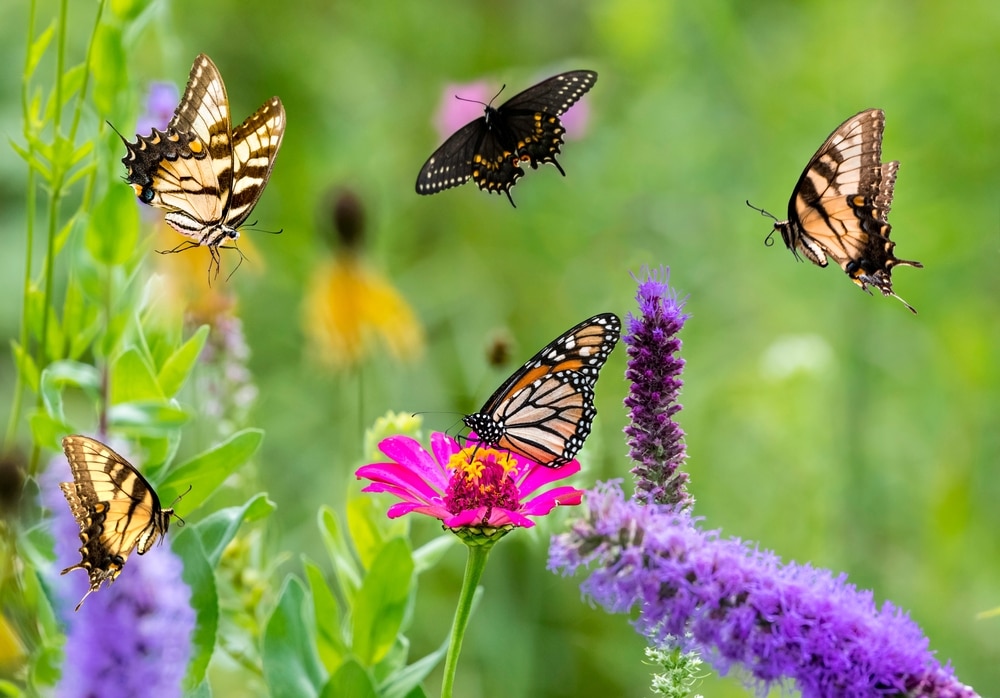
So, you want butterflies in your yard. Thankfully, there are plenty of easy ways to encourage butterflies to flock to you.
Let’s get started!
Give Butterflies Water
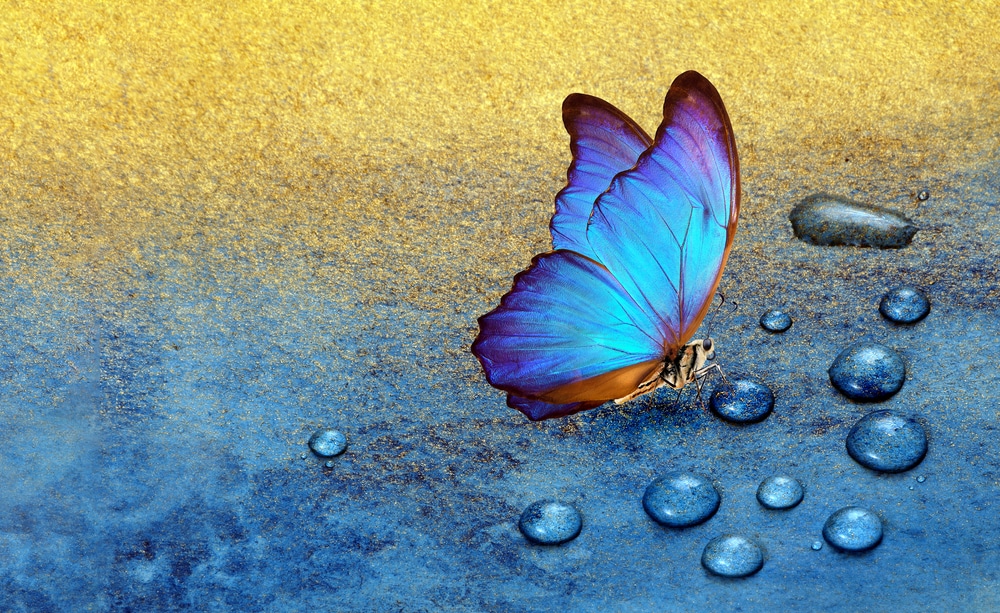
Since butterflies don’t get all their moisture from nectar, they need an additional source of hydration. Fortunately, you can help them with some sand and water.
Before starting the process, please know butterflies can’t land on water. If they do, they risk drowning, especially if the water moves. Because of such a risk, butterflies prefer mud puddles over ponds and deeper bird baths.
When they flutter above a puddle and land to drink, it’s called “puddling.” The soil in the puddle gives them a surface to land on, so they can safely drink.
To make a butterfly-safe puddle, follow these steps:
- Partially fill a shallow dish (or similar item) with at least a couple of inches of sand, providing butterflies with a firm landing pad.
- Pour water over the sand (a couple of centimeters) until the surface of the sand is shining with water.
- Place the dish in the sunlight (the reflection will draw butterflies’ attention, and the sun will keep them warm while they drink)
Make A Butterfly Salt Lick
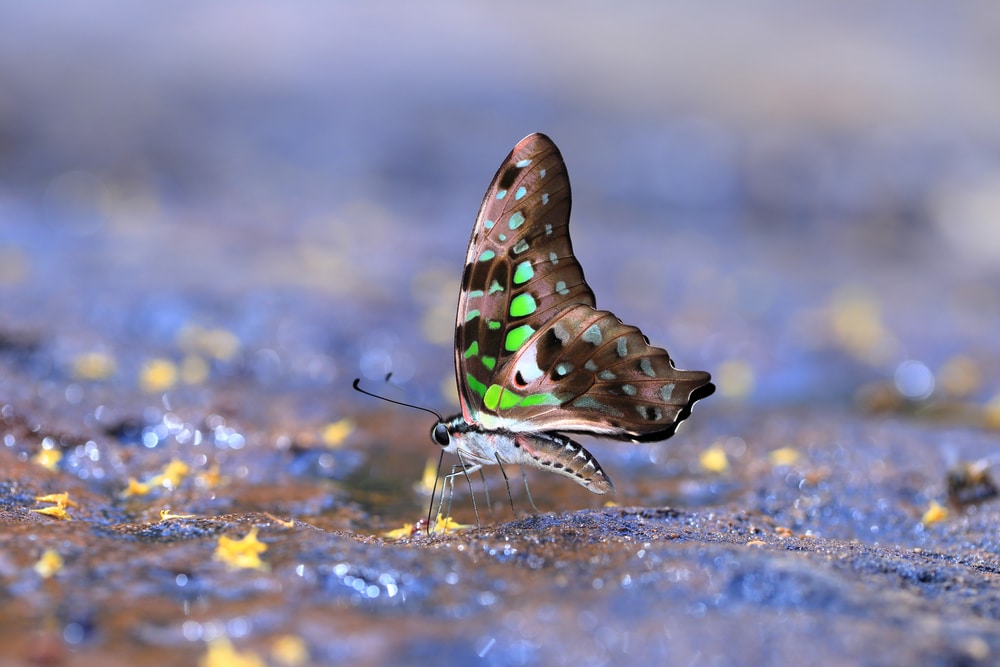
Butterflies get many nutrients from nectar. However, that doesn’t include sodium. So, butterflies have to supplement their diet with something salty.
Usually, butterflies get salt from the above-described “puddling.” If a mud puddle isn’t available, they’ll get salt from manure or sweat.
You can give them a more accessible, more appealing alternative: a salt lick. To make a salt lick, follow the above steps to create a butterfly-safe puddle, but after partially filling the container with sand and before adding water, mix one to two tablespoons (tbsp) of salt into it.
Remember, you may have to wait a few days to a week for results. But soon enough, you’ll see some butterflies stop by to “puddle” from your salt lick.
Mix Up Some Sugar Water
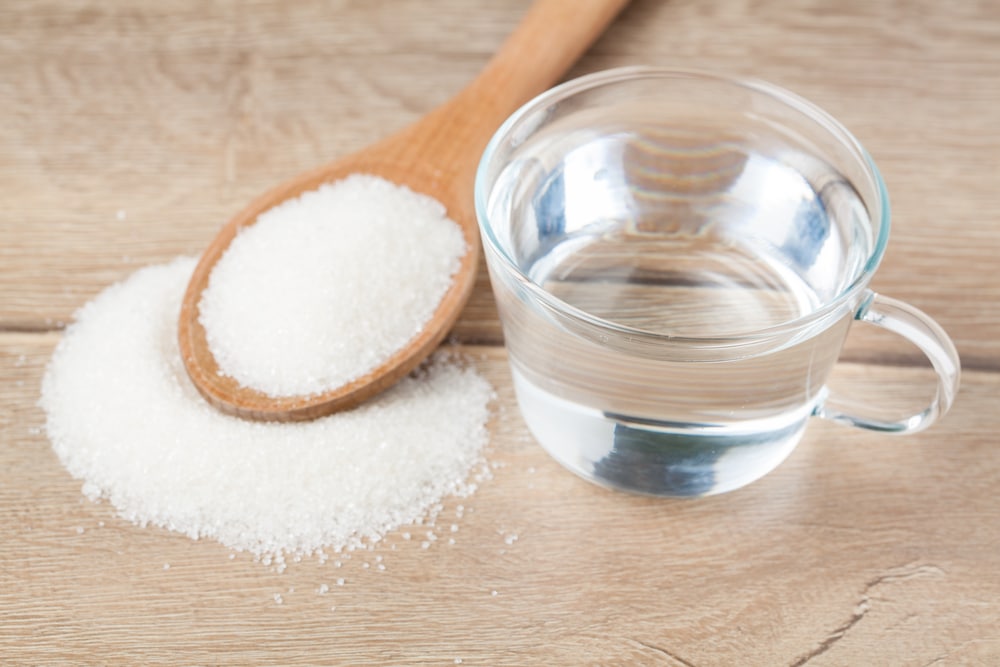
Have you ever heard of feeding hummingbirds with sugar water? You can do the same thing with butterflies!
To make sugar water, take the following steps:
- Mix three teaspoons (tsp) of table sugar per one cup of water. A couple of cups should be enough to fill a feeder.
- Boil the mixture until the sugar has completely dissolved in the water
- Once cooled, pour the sugar water into your butterfly feeder
I recommend a store-bought feeder. There are many pretty options, and buying versus making one will save you some time. However, making one can be a lot of fun too.
Make Sure Your Yard Is In Bloom Spring Through Fall
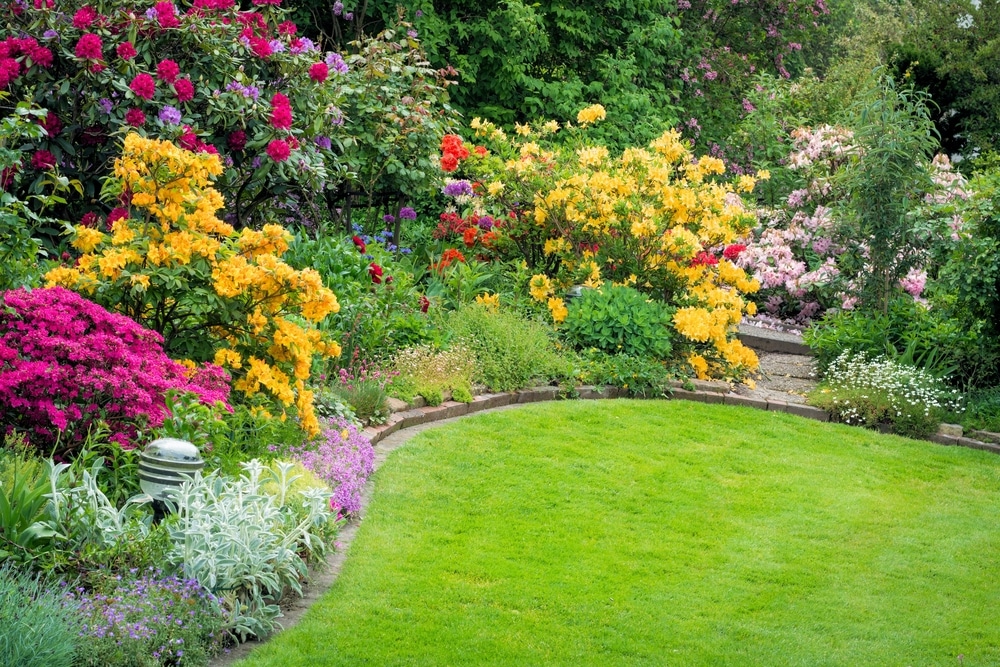
Butterflies start hatching and showing up in the spring. They leave in fall, once the flowers are sparse and temperatures begin to cool.
To attract butterflies during that time, you’ll need a consistent food source (butterflies eat flower nectar). That means planting various perennials (plants that will regrow every spring) and annuals (plants that last only one growing season each year). Planting such a variety ensures blossoms for butterflies to enjoy year-round!
Plant Flowers Butterflies Love (And You Will Too)
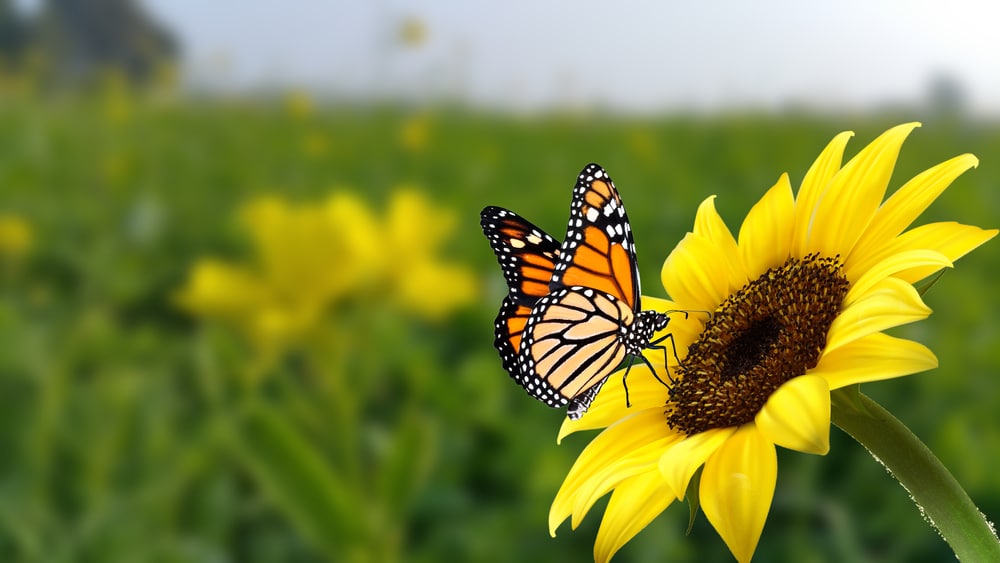
Flowers are vital in bringing butterflies to your yard. Butterflies depend on flowers for nectar, their primary food source, to keep their energy up. Some flowers have more nectar than others and appeal to butterflies due to their fragrance and color.
As a side note, flowers will draw in other pollinators as well, including bees. The good news is you can avoid this with the right flowers, though. These include petunias, geraniums, and more.
The below flowers are some of the best for attracting butterflies.
Lavender
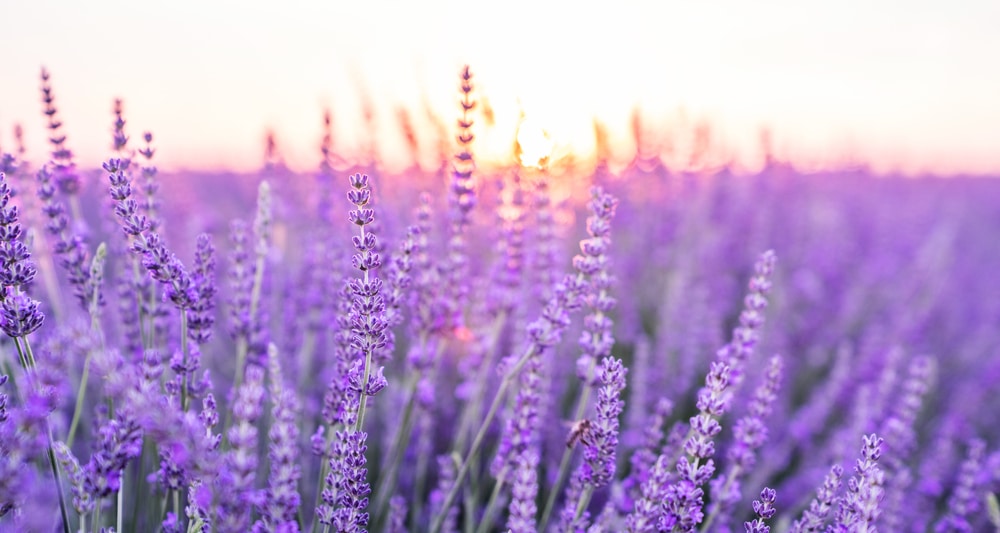
Lavender grows in bunches of purple spires with tiny, conical blossoms. Butterflies and people love its powerful fragrance, which we use for aromatherapy, soaps, and oils.
In places with mild seasons, lavender blooms as early as May, but elsewhere it blooms in June. Depending on the climate, some lavender blooms just once, while others have flushes where they bloom two to three times a year.
Roses
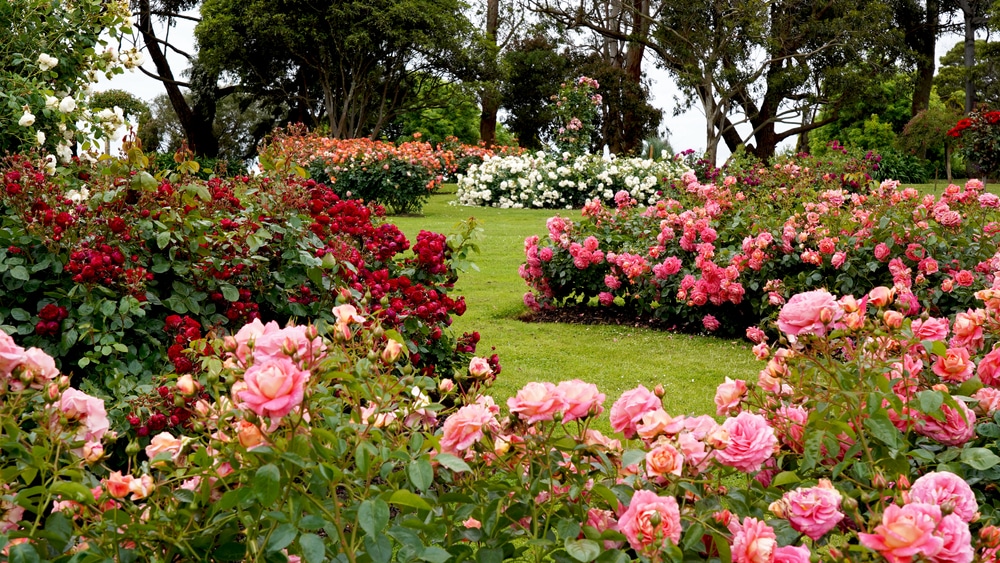
Roses are classic, gorgeous flowers with intricately layered petals and a nectar-filled center. They come in various vibrant colors that appeal to butterflies and bloom several times from May to October!
Floss Flowers

Floss flowers are spherical, fuzzy-looking, and come in purple, blue, red, white, or pink. The colors are very bright, and the flowers are full of nectar, drawing in butterflies from all around! Floss will bloom from mid-summer until autumn.
Privet Flowers
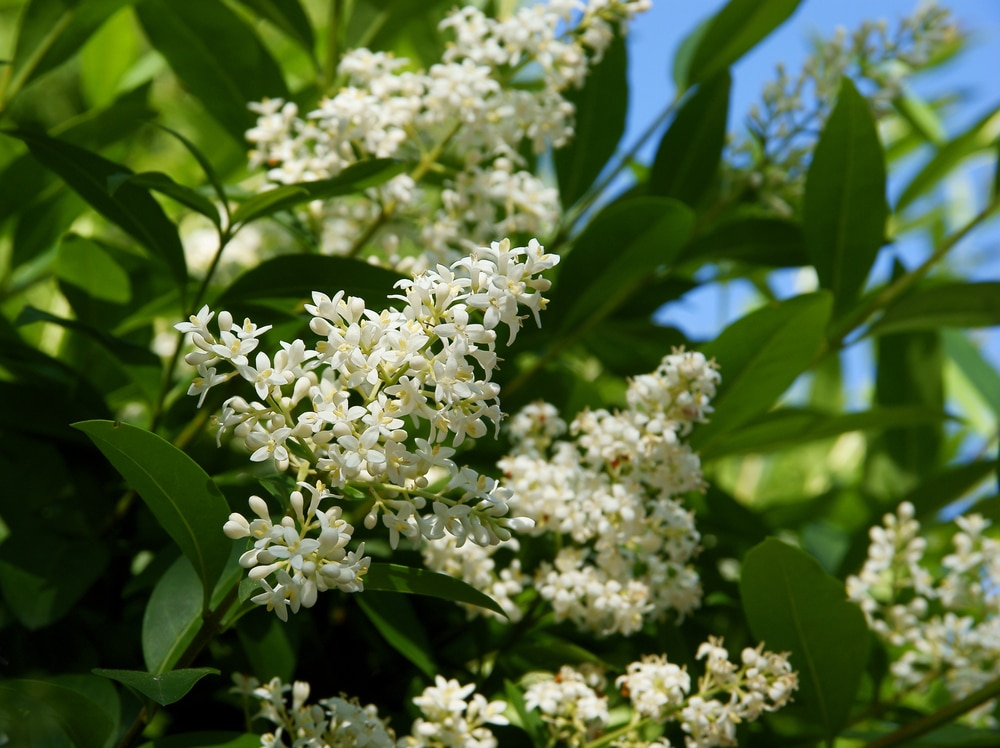
Privet flowers grow in grapelike clusters and give off a sweet, delicate fragrance. Their tiny, conical blossoms are also very appealing to butterflies. They’re also full of rich nectar. Privet flowers bloom in late spring (May-June).
False Indigo
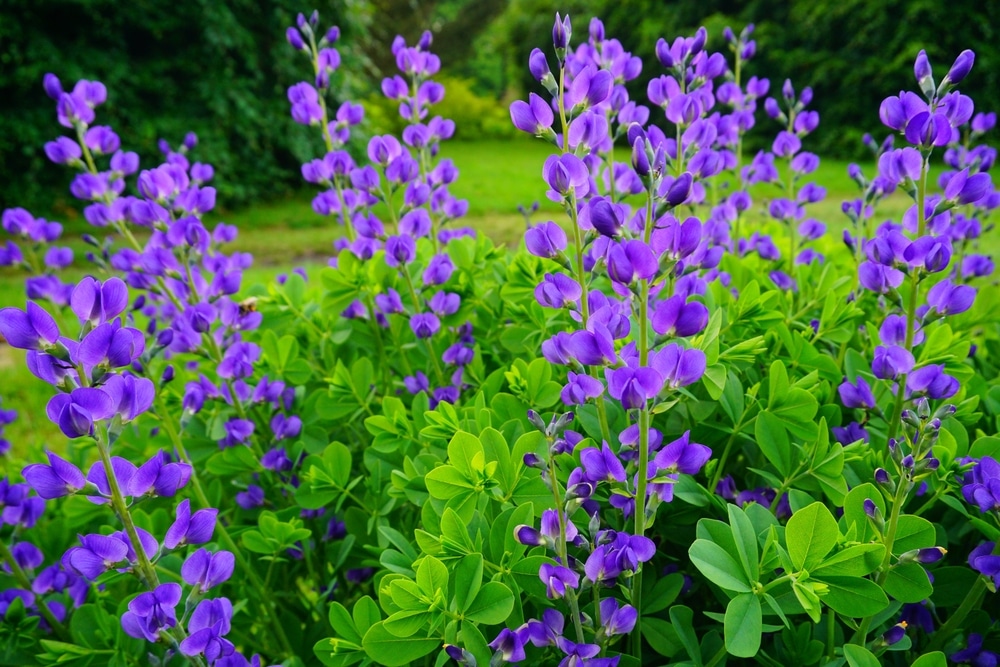
False indigo grows in spires of soft blue blossoms, which look like little butterfly wings. Blue is one of the most attractive colors to butterflies, and they love the blossoms’ abundant nectar. False indigo grows in late spring.
Goldenrod
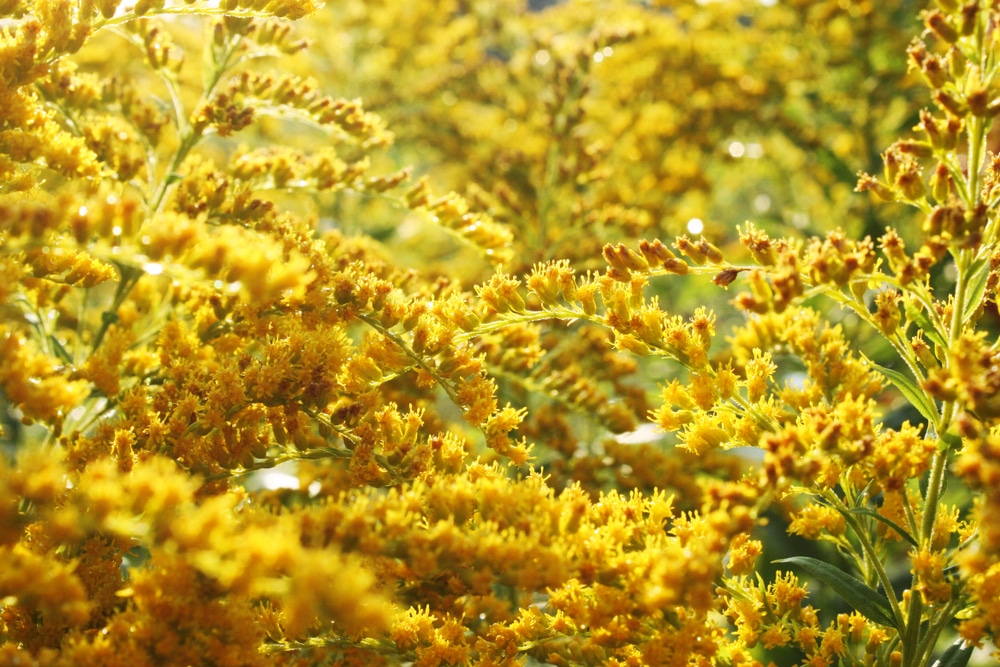
Goldenrod grows in thick clusters of fuzzy yellow flowers – a bright color butterflies love. It’s also heavy with nectar, making it the perfect feeding source for butterflies. Goldenrod blooms from late summer to early autumn.
Cornflowers
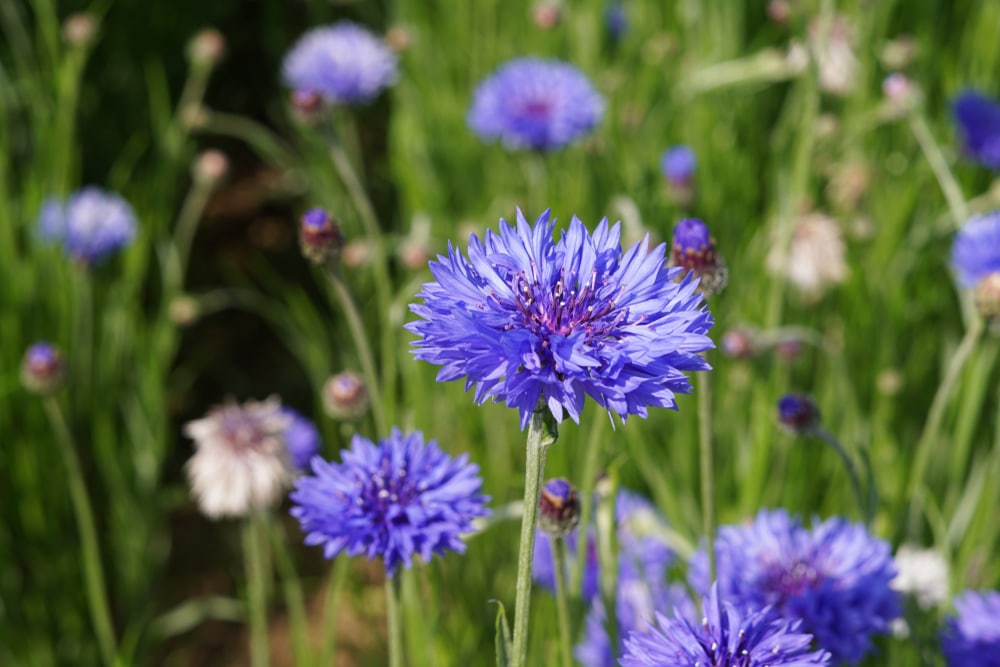
Have you ever heard of something described as cornflower blue? That description came from cornflowers, which are an exceptional blue hue. They’re beloved by humans and butterflies alike for their incredible color and sweet fragrance. For butterflies, they’ve always got plenty of nectar. You can expect cornflowers to bloom from early to mid-summer!
Bee Balm

Butterflies adore bee balm for its astonishingly red color and plentiful nectar. Planting this in your garden means an eye-catching bloom in midsummer.
Peonies
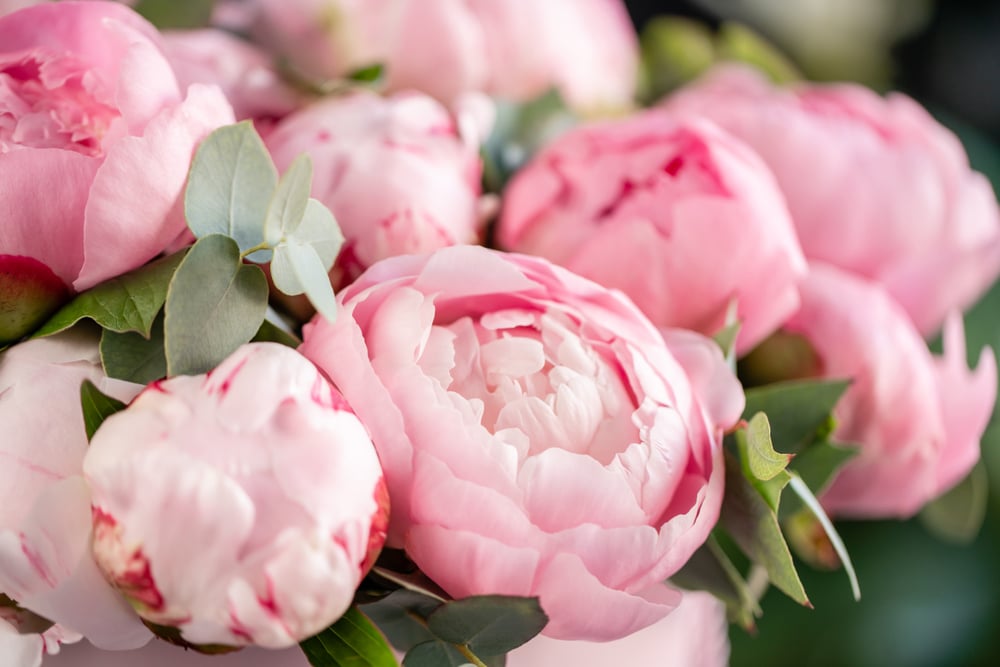
Peonies are rose lookalikes, with many petals stacked together. They come in various colors and have a sugar-sweet fragrance (and abundant nectar) butterflies can’t resist. Peonies bloom in late spring to early summer.
Sunflowers
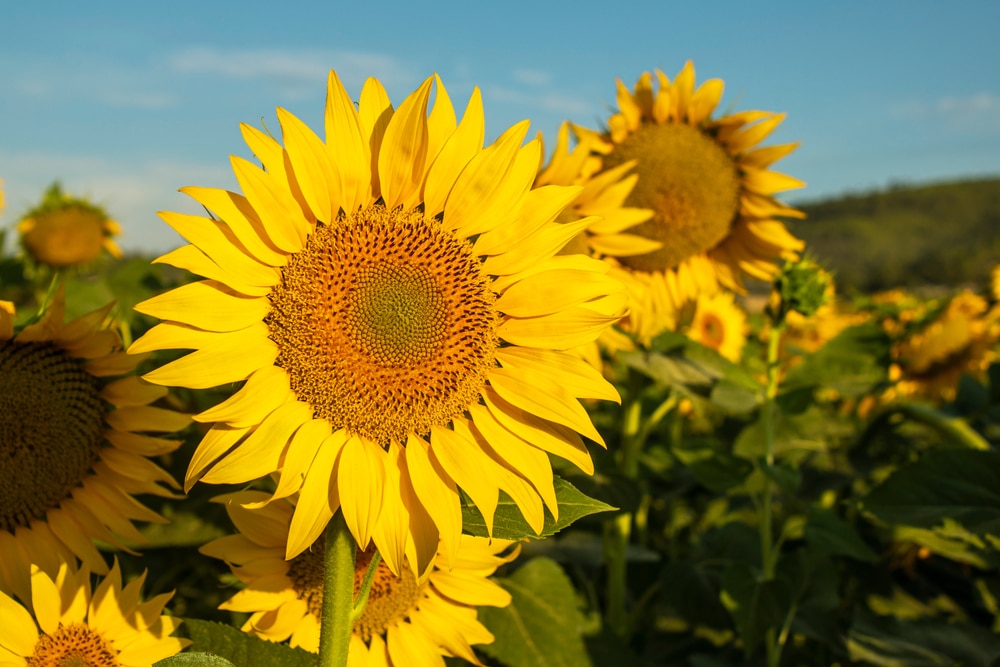
Sunflowers are enormous flowers that produce the delicious sunflower seeds we love. They also attract butterflies with their fragrant sap (nectar) and bright yellow color. They bloom from July to August, right in the middle of summer.
Daylilies
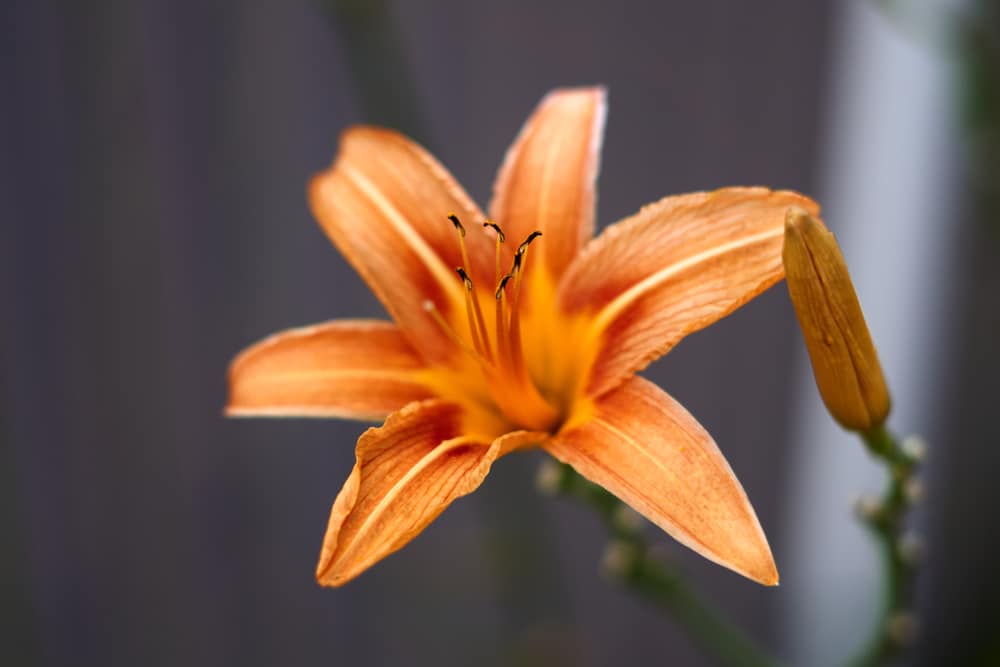
Daylilies have huge, ornamental blossoms beloved by many. Include butterflies in that group, too, primarily because of daylilies’ abundant nectar. Daylilies are some of the earliest bloomers of the year, showing up in early spring (March-April).
Garden Phlox
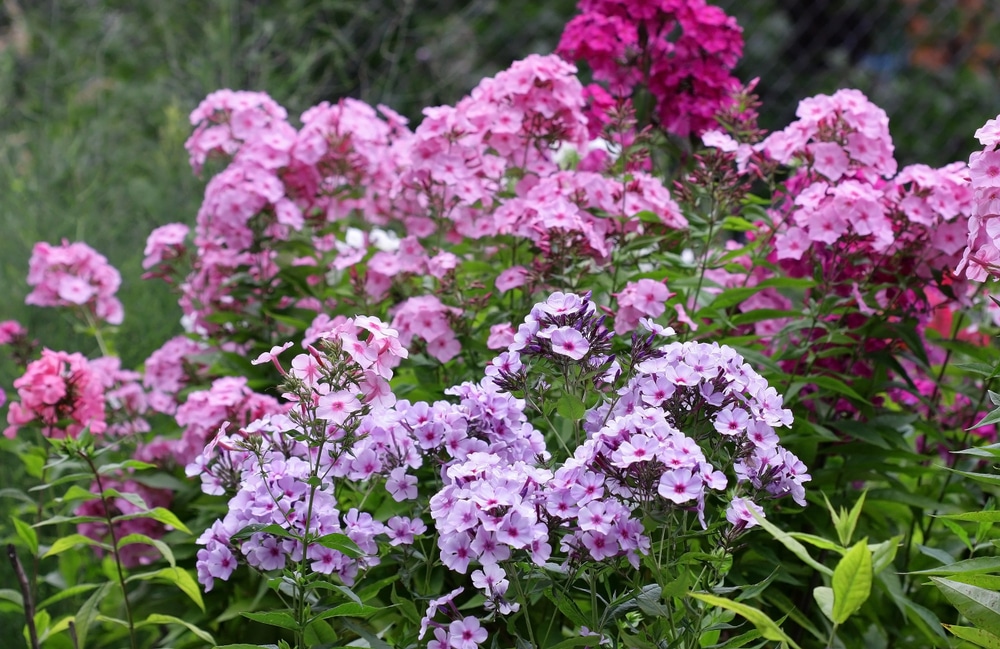
Finally, garden phlox grows in clusters of wide, flat flowers, with deep holes between the petals that lead to pools of nectar. Butterflies are drawn to it like moths to a flame, and it blooms in mid to late summer.
Remove Dead Blooms

Butterflies require fresh flowers, as old ones have little to no nectar. When you deadhead your plants (remove dead blooms), you free up energy and space for the plants to create new blossoms, which means more nectar for butterflies too.
Help Butterflies Get Sun
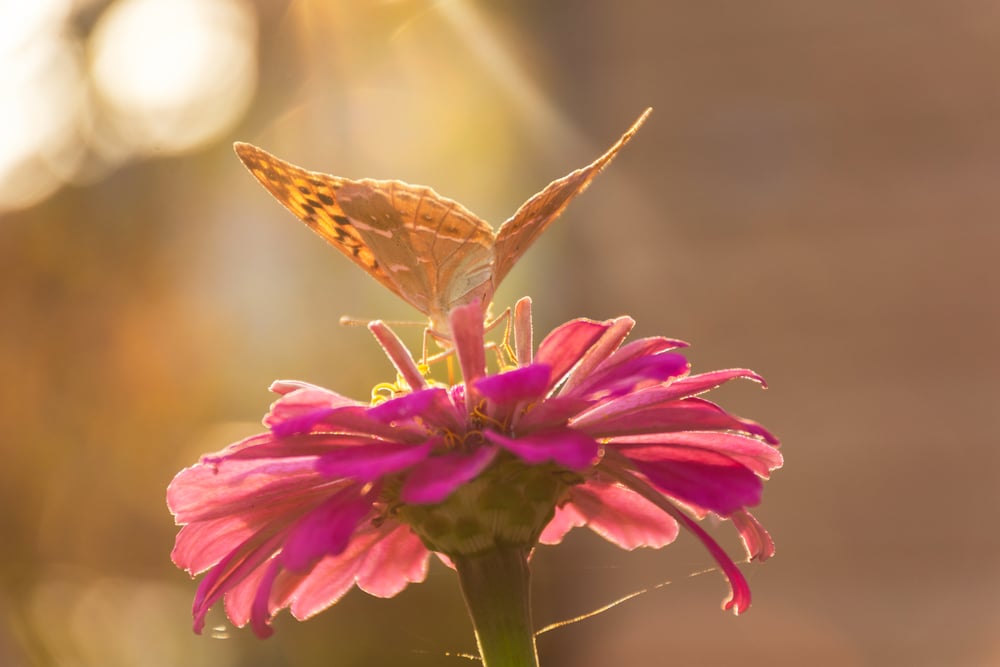
Butterflies are big fans of sunlight, and they get cold quickly. When you plant to attract butterflies, choose sunny areas. The sunnier, the better.
You can also add sun-basking stones. The ideal sun-basking stones are wide, flat, and gray. Stay away from black stones, as they can get too hot.
Place the stones among your flowers where sunlight can reach them, and butterflies will land on them to warm up.
Plant Host Plants (For Caterpillars)

Butterflies depend on plants for more than just nectar. Caterpillars (which grow into butterflies) only eat certain plants. That means butterflies will lay their caterpillar eggs only on those plants called host plants. Planting these host plants gives you a better chance of seeing butterflies and caterpillars during spring and summer!
To help, here’s a list of host plants for various butterflies:
- Dill And Fennel: Attracts black and anise swallowtail butterflies
- Spice Bushes: Attracts spice swallowtail butterflies
- Passion Vines: Attracts gulf fritillary (passion butterfly)
- Milkweed: Attracts monarch butterflies
- Asters: Attracts the pearl crescent and painted lady
Keep It Natural
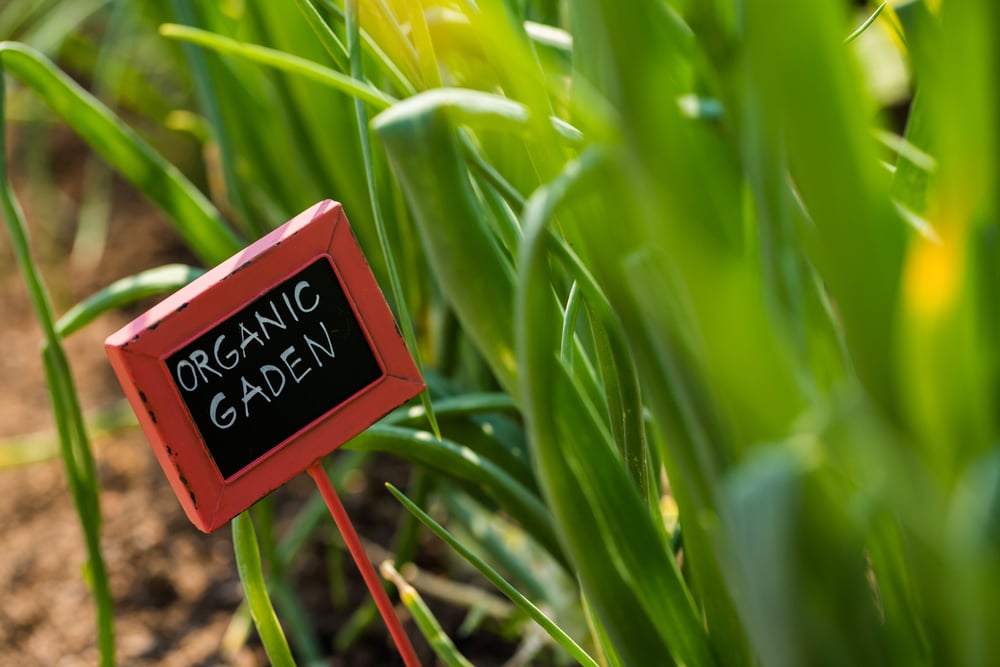
Butterflies are sensitive creatures. Any harsh chemicals, such as pesticides, will severely affect them.
To truly welcome butterflies to your garden, ensure your plants are safe to land on and drink from. An organic garden is best since it doesn’t use harsh or artificial chemicals.
Give Butterflies Shelter
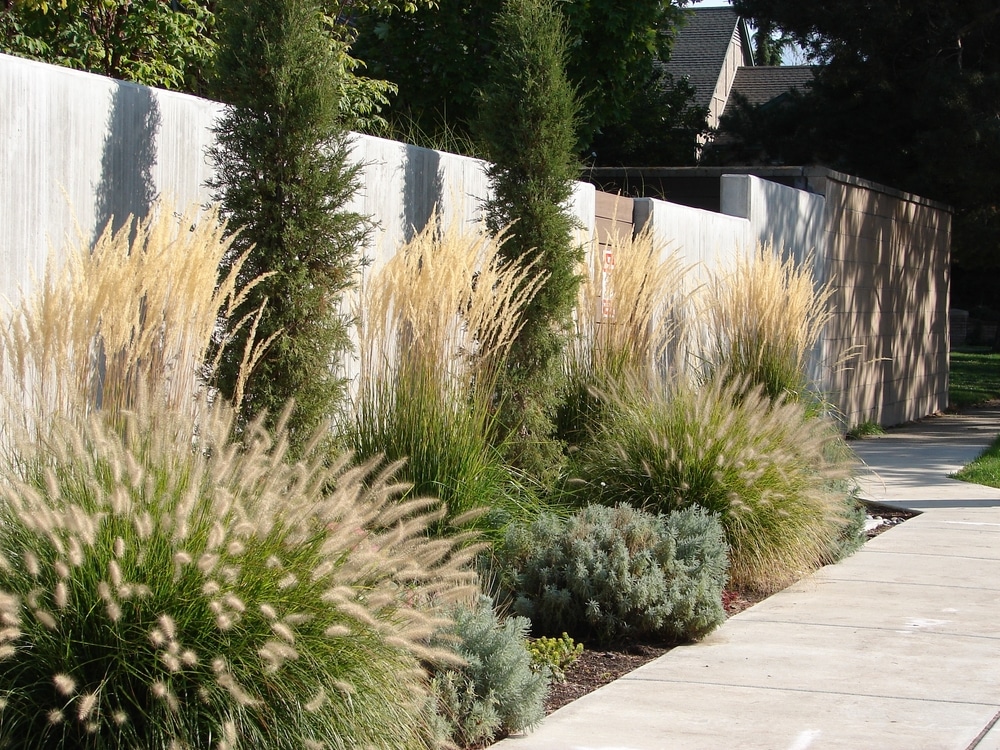
Birds, other insects, reptiles, and more hunt butterflies. To survive, butterflies require plenty of shelter. Providing them with some gives them another reason to land in your garden.
While some people invest in butterfly houses, in my experience, butterflies prefer simpler structures. Natural objects like logs, rock piles, and tall grass (avoid weeding all of it) should do the trick.
Final Advice
So, you have plenty of ways to attract butterflies to your garden. Remember, you don’t have to do all of them at once, either. Try a couple out, see how they do, then add a few more if necessary.


